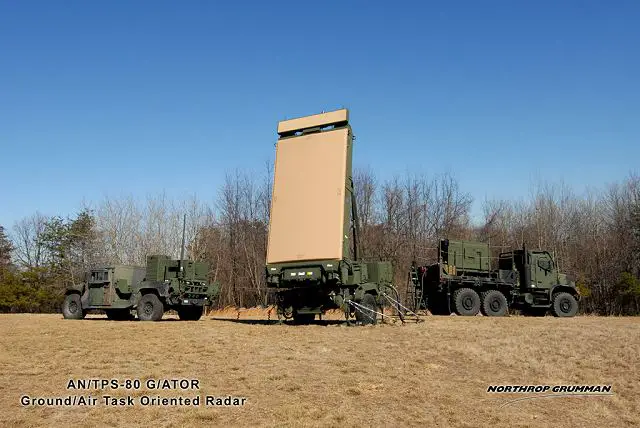|
|
|||
|
Defense & Security News - United States
|
|||
|
|
|||
|
U.S. Marines received new radar and communication equipment for Air-Ground Task Force.
|
|||
|
U.S. Marines assigned to Marine Air Control Squadron 2, Marine Air Control Group 28, 2nd Marine Aircraft Wing, received new radar and communication equipment that will enhance expeditionary capabilities and operational effectiveness of the Marine Air-Ground Task Force at Marine Corps Air Station Cherry Point, N.C., June 28, 2017.
|
|||
|
|
|||
 The AN/TPS-80 Ground/Air Task Oriented Radar (G/ATOR) is a highly mobile multi-mission radar system designed to fully support worldwide expeditionary forces. |
|||
|
|
|||
|
The Common Aviation Command and Control System will make Marines’ jobs more efficient by providing a complete and coordinated modernization of the Marine Air Command and Control System equipment. Additionally, the AN/TPS-80 Ground/Air Task Oriented Radar and Composite Tracking Network will provide the new CAC2S system with additional C2 and radar capabilities.
“The way everything is set up now is better than I have ever seen it,” said Cpl. Brent Montagna, a tactical data system technician with Marine Air Control Squadron 2. “[The CTN] allows us to bring more radar pictures into the CAC2S, so the operators can do their job more efficiently and get a broader picture of what is going on.” The G/ATOR will be employed by the MAGTF across the range of military operations, replacing several legacy and previously retired systems. The ability of the G/ATOR, CTN and CAC2S to interface will allow MAGTF commanders with vital situational awareness and targeting data, essential in providing integrated air and missile defense, and counter-fire operations. “The ability to digitally share information so that situational awareness is greater and decision making becomes quicker reduces operational response time [across the Marine Air-Ground Task Force],” said Lt Col. John Naylor, the commanding officer for MACS-2. While each individual piece of equipment provides value to the overall mission, the ability to integrate each of these pieces efficiently is what makes the CAC2S truly dynamic, according to Montagna. “Were sending raw data straight to CAC2S,” said Montagna. “Inside the CAC2S is what makes everything come together.” |
|||
US Marines AN/TPS-80 G/ATOR radar Air-Ground Task Force 13003171
- Posted On














